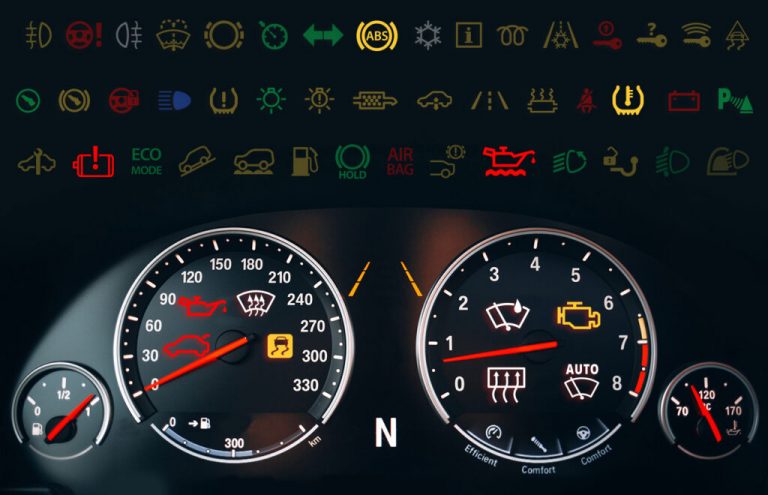Imagine you’re driving your automobile when all of a sudden the frightening “Check Engine” message appears on your dashboard as a warning light. This typically indicates that a problem has been found by your car’s computer, and it is attempting to alert you to it by utilizing something known as engine codes. These codes can be a little challenging to decipher because they resemble hidden communications from your car’s brain.
Even though these engine codes are crucial for figuring out what’s wrong with your car, they can occasionally be a big pain, especially if the problem is resolved but the codes keep returning. That’s where the magic of erasing engine codes permanently comes in. In this article, we’ll explain all you need to know about engine codes in the clearest words. Moreover, we can demonstrate how to permanently delete engine codes. So let’s get ready to unravel the mysteries of engine codes and keep your automobile in good working order!
Table of Contents
Explain The Engine Codes In Your Car
Similar to coded messages from the computer of your car, engine codes are hidden information. Consider the messages your car’s brain would send to alert you to any problems. These codes are commonly referred to as diagnostic trouble codes (DTCs). Additionally, it’s a string of characters and digits that appear when an issue arises. They serve as cues for both you and the mechanics to identify the problem.

These codes may refer to the engine, gearbox, or even the emissions system, among other things. Your car records a code in its memory when a problem is found. Moreover, it activates the “Check Engine” light on your dashboard. These codes are crucial since they indicate what has to be fixed. In order to interpret these signals and identify the problem, mechanics utilize specialized equipment. Therefore, engine codes are your car’s method of communicating with you. Additionally, it helps you maintain it by spotting issues early.
Common Causes Of The Engine Codes In Your Car
The enigmatic combinations of letters and numbers known as engine codes, which appear on your car’s dashboard when the “Check Engine” light illuminates, can be perplexing and worrying. However, they are crucial warning signs that your car could not be functioning properly. Let’s go into the straightforward reasons for engine codes.
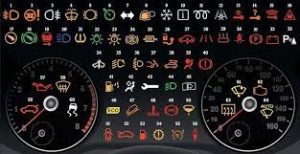
1. Sensor Problems:
Numerous sensors in your automobile monitor a variety of conditions, including the temperature of the engine and the amount of oxygen in the exhaust. These sensors have the ability to set off engine codes when they malfunction or provide false data. For instance, a malfunctioning oxygen sensor could result in a code for your car’s emissions system.

2. Issues With Emissions:
Although the exhaust gas recirculation (EGR) valve and catalytic converter in your car are meant to be environmentally friendly, they occasionally malfunction. When they do, it may result in engine codes for problems with emissions.
3. Fuel Issues:
The gasoline system in your car, which is made up of parts like fuel injectors and the fuel pump, must function properly. Engine codes may appear if one or more of these components is defective or not functioning properly.

4. Ignition System Problems:
Your car’s engine is started by spark plugs, ignition coils, and other ignition-related parts. You guessed it—engine codes might appear when they malfunction.
5. Exhaust Leaks:
Your car’s exhaust system, which includes the muffler and oxygen sensors, is important for keeping it operating smoothly. Engine codes may be generated if there are leaks or damage in this system.

Therefore, your car uses engine codes to communicate when something is wrong. They may be brought on by faults with sensors, emissions, gasoline, the ignition system, or exhaust leaks. Maintaining your car’s smooth operation requires an understanding of these causes.
How To Permanently Delete Engine Codes In Your Car?
The “Check Engine” light on your car’s dashboard, which frequently indicates engine faults, can be a genuine pain. They appear when the computer in your automobile notices a problem, and they won’t disappear until the issue is resolved. What if, though, you’ve already resolved the problem yet the code is still following you around? Here’s a quick guide on how to permanently remove engine codes.
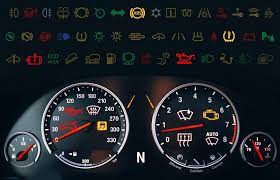
1. Determine The Issue:
Identifying the engine code’s root cause is the first step. An OBD-II scanner, a convenient gadget that connects to your car and reads the code, can help you with this. It will inform you of the problem, such as a faulty sensor or a fuel system problem.
2. Address The Underlying Problem:
It’s time to remedy the issue once you’ve identified it. Replace the faulty sensor if you find one. Make the necessary repairs or replacements if the problem is with the fuel or emissions. Make sure everything is functioning properly.
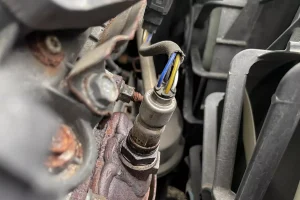
3. Remove Codes:
The engine codes can be cleared after the issue has been resolved. By adhering to the directions on your OBD-II scanner, you can accomplish this. Similar to deleting a text message from your phone.
4. Unplug The Battery:
If you don’t have an OBD-II scanner, you might try unplugging the battery for your car for 15 to 20 minutes. This can wipe the codes and reset the computer in the car. Remember that other settings, including your radio presets, will also be reset.
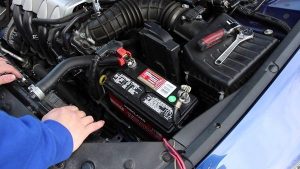
5. Use Your Vehicle:
Certain engine codes occasionally need to be specified as “drive cycles” to be cleared. You can get instructions from your car’s owner’s manual or a professional. It might entail travelling for a predetermined period of time at various speeds.
Therefore, in order to permanently remove engine codes, you must first identify the problem, resolve it, and then either use an OBD-II scanner or unplug the battery to erase the codes. Maintain a smooth-running vehicle!
Conclusion:
Engine codes can be annoying if they continue to appear after a problem has been fixed, even if they are useful for diagnosing issues with your car. The first step in solving the issue is to comprehend their significance and the typical causes, such as sensor malfunctions or problems with the emissions system. You can permanently eliminate engine codes and make sure your car operates smoothly by taking advantage of easy fixes like using an OBD-II scanner, addressing the underlying problem, or disconnecting the battery. Remember that the best way to keep your car performing at its best is to undertake routine maintenance and deal with problems as soon as they arise.
